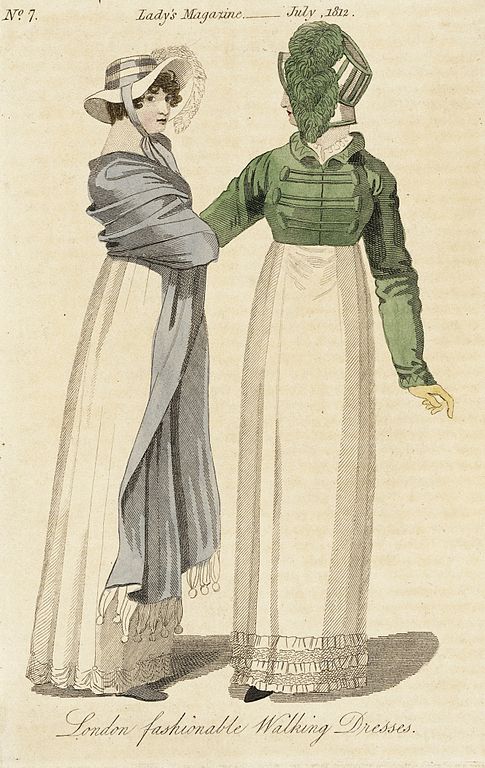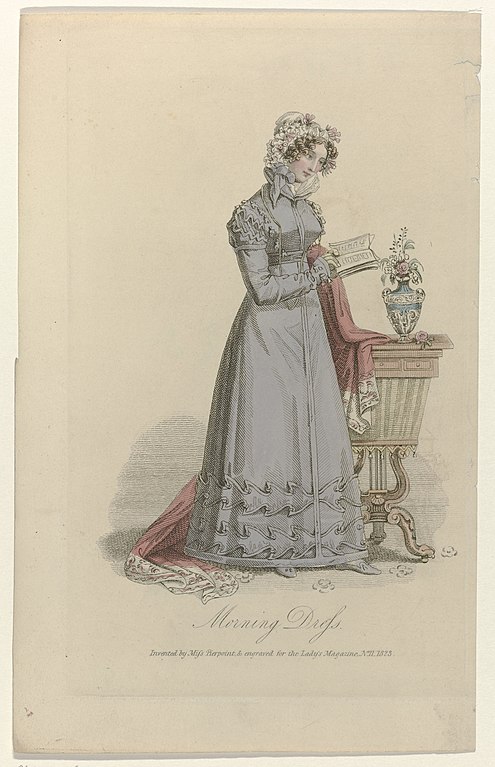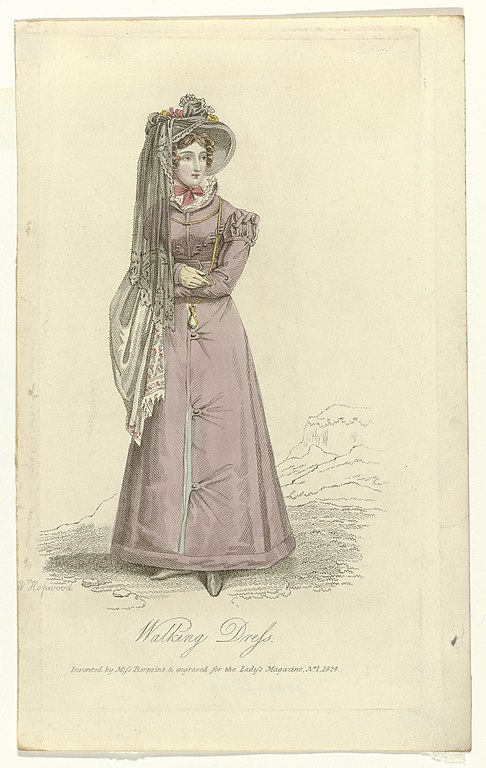
Thammasat University students who are interested in sociology, gender studies, literature, history, cultural and social anthropology, feminism, media, journalism, communication studies, and related subjects may find a newly available book useful.
The Lady’s Magazine (1770-1832) and the Making of Literary History is an Open Access book, available for free download at this link:
https://library.oapen.org/handle/20.500.12657/60489
Its author is Professor Jennie Batchelor, who teaches Eighteenth-Century Studies at the University of Kent, the United Kingdom.
The TU Library collection includes many other books about different aspects of women’s literary history.
The Lady’s Magazine; or Entertaining Companion for the Fair Sex, Appropriated Solely to Their Use and Amusement was an early British women’s magazine published monthly from 1770 until 1847. It began publication in August 1770 by the London bookseller John Coote and the publisher John Wheble. It featured articles on fiction, poetry, fashion, music, and social gossip and was, according to the Victoria and Albert Museum, “the first woman’s magazine to enjoy lasting success.”
The magazine claimed a readership of 16,000, a figure that has been considered high. The Lady’s Magazine dominated the market for most of its run, and led to imitations like the Lady’s Monthly Museum and the New Lady’s Magazine.

The publisher’s description of the book follows:
- The first major study of one of the most influential periodicals of the eighteenth and nineteenth centuries
- Provides the first major study of one of the most influential periodicals of the eighteenth and nineteenth centuries
- Interrogates and revises critical commonplaces and narratives about form, authorship, reading and gender through rigorous archival research on the magazine’s authors, readers, printers and publishers
- Maps new directions in eighteenth-century and Romantic studies, women’s writing, and media and cultural history by modelling innovative and interdisciplinary methodologies for historical periodical studies.
In December 1840, Charlotte Brontë wrote in a letter to Hartley Coleridge that she wished ‘with all [her] heart’ that she ‘had been born in time to contribute to the Lady’s magazine’. Nearly two centuries later, the cultural and literary importance of a monthly publication that for six decades championed women’s reading and women’s writing has yet to be documented. This book offers the first sustained account of The Lady’s Magazine. Across six chapters devoted to the publication’s eclectic and evolving contents, as well as its readers and contributors, The Lady’s Magazine (1770–1832) and the Making of Literary History illuminates the periodical’s achievements and influence, and reveals what this vital period of literary history looks like when we see it anew through the lens of one of its most long-lived and popular publications.

An introduction notes:
The central argument of this book is that the Lady’s Magazine can, indeed, persuasively write back to a literary history that has traditionally marginalised it on the grounds of its unapologetic popularity and its association with women’s reading pleasures. As the following chapters detail, there are many reasons why the Lady’s Magazine should claim our attention beyond its broad contemporary appeal, although an estimated circulation figure of around 15,000 monthly copies at its height is arresting enough. The Lady’s Magazine was not the first periodical marketed directly at a female audience, of course, but it is arguably the first recognisably modern women’s magazine. Between its launch in the year Lord North’s ministry was founded to its last in the year the Reform Act was passed, the magazine ran to over 750 monthly issues. The periodical survived publishers’ bankruptcies and deaths, editorial misconduct, innumerable domestic and global crises, and saw off many rivals and imitators who attempted to poach its subscribers and contributors. It encouraged countless others in their ‘aspirations after literary fame’, helping to launch the careers of the likes of the poet George Crabbe and gothic novelist Catharine Day Haynes (later Golland), just as it galvanised those of the likes of Mary Russell Mitford, whose Our Village (1824–32) first appeared as sketches in the magazine in the early 1820s. The periodical’s influence was felt widely within the literary world of its day, both in the form of reprintings of its original content in journals published in England, Scotland and America, and in the inspiration it gave to professional women writers in the making, including Jane Austen. Equally importantly, the Lady’s Magazine provided a publication opportunity for hundreds of amateur reader- contributors, for the most part unpaid, whose ‘favours’ it encouraged, and whose poems, puzzles, essays, translations and fiction sat alongside excerpts from the works of many of the best- known writers of the day.
Edward Copeland, one of very few literary historians to pay attention to this resilient periodical, claims that ‘“Everybody” read the Lady’s Magazine’, or at least everybody who could ‘afford a ticket to the local circulating library’, where new and back issues of it could be obtained. […]
The ‘rise of periodical studies’, to borrow Sean Latham and Robert Scholes’s phrase, has left its mark on eighteenth- century and Romantic studies in a wealth of recent monographs, journal articles, online databases and bibliographies. The women’s magazines that came to prominence in the last third of the eighteenth century have largely fallen beneath the scholarly radar, however. To date, no major study of the period’s most famous and long-lived example of the genre exists, although the Lady’s Magazine has garnered some attention from literary scholars (Robert D. Mayo, Ros Ballaster et al., Copeland, Jacqueline Pearson, Richard de Ritter), book historians (Jan Fergus) and historians of gender (Cynthia White, Alison Adburgham), as part of wider surveys of periodical print culture or histories of reading and the book trade. […]
This book challenges these and associated arguments by offering the first sustained account of the Lady’s Magazine. Its aims are: to document the periodical’s achievements and influence, and to elucidate how these achievements and legacies contributed foundationally to the making of literary history. I begin these stories by taking a long view of the plurality of established periodical formats and cultures upon which the Lady’s Magazine drew and from which it departed. Chapter 1 offers a wide- ranging account of the magazine’s precedents – including question- and- answer sheets, essay- periodicals and miscellanies from the 1690s to the 1760s – to test scholarly assumptions about the emergence of the so- called ‘women’s magazine’. Locating the Lady’s Magazine within this broader context undermines claims that its launch marked a decisive and retrograde moment in the history of women’s relationship with periodical print culture, and starts to bring into focus many of the publication’s most important and distinctive innovations.

(All images courtesy of Wikimedia Commons)
